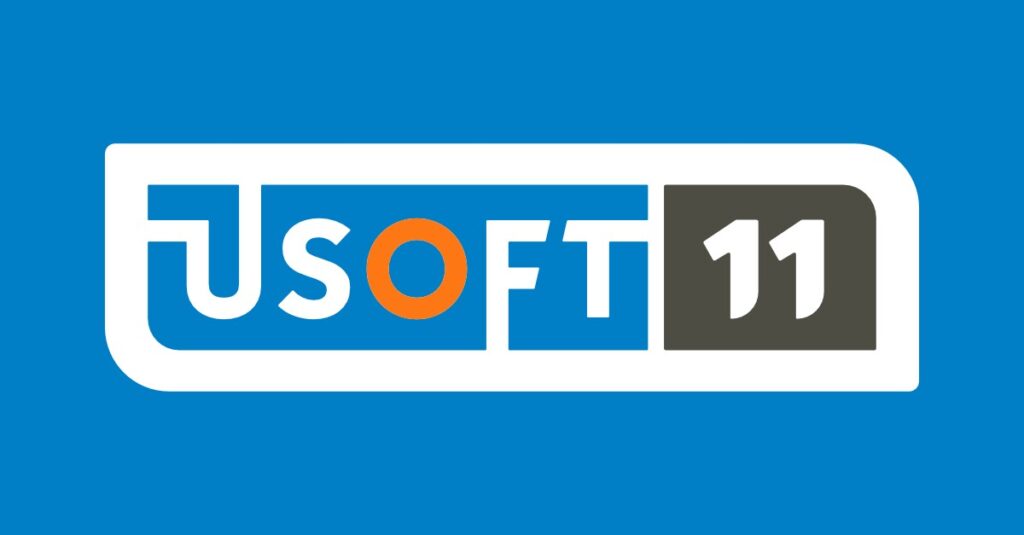It’s a problem for many independent software vendors (ISVs): finding good software developers in this tight labor market. Can they develop, maintain and further develop a comprehensive software suite with a small team? Working with low-code based on business rules might be the solution for them.
Back-end system covers full width
That question was also asked by Frank Pitsikalis, the founder of ResortSuite, when he started his company. His ambition: to develop the most comprehensive software suite for the hotel, hospitality and events industry in the US. The U.S. has many resorts that offer golf facilities in the summer and winter sports facilities in the winter. For this reason, he took as his starting point that the software should be able to support all services in a large resort: from catering to wellness and from the hotel function to sports facilities. Competition in that market was fierce, but at the same time there was no package that covered this full breadth. His plan was therefore – certainly for a start-up – extremely ambitious. Nevertheless, he succeeded in bringing the first version of ResortSuite onto the market within a year with a small team.
Through low-code using business rules, fewer errors
With a low-code platform based on business rules, ResortSuite automates not the how, but the what. The developers define what should happen and what the result of that action should be. This approach is very different from when you automate processes – the how. The business rules approach allows you to define what the result should be and translate that very consistently into the execution of your processes. The actual programming of the software is taken over by the low-code platform. As a result, the ResortSuite developers had to write significantly fewer lines of business rules code. Moreover, business rules are written in the language of the business: when you read them, everyone understands what they say and what is meant by them. In this way, you can detect errors much earlier and correct them more easily.
Due to business rules, there is more time left
With business rules management you can completely (re)build back-end applications. You can also develop an add-on to an existing system or put a “shell” of intelligence over the various back-end systems. In the case of ResortSuite, the low-code approach not only ensured that the company could quickly develop a very comprehensive application with few people, but also that they could very easily continue to develop that application over time. When online booking platforms made their appearance, ResortSuite’s competitors all started from scratch when they wanted to develop booking functionality. While ResortSuite could simply continue to develop on what was already there. In addition, they offer the new functionalities from one environment that is in one cloud. They could also link seamlessly with third-party software. In short, with low-code, ResortSuite could not only develop the initial application very quickly, they could also easily maintain and continue to develop it. This gives ResortSuite more time as an ISV to focus on the value they want to add for the customers.
The original of this article can be read on the website of FocusonIT.com.




